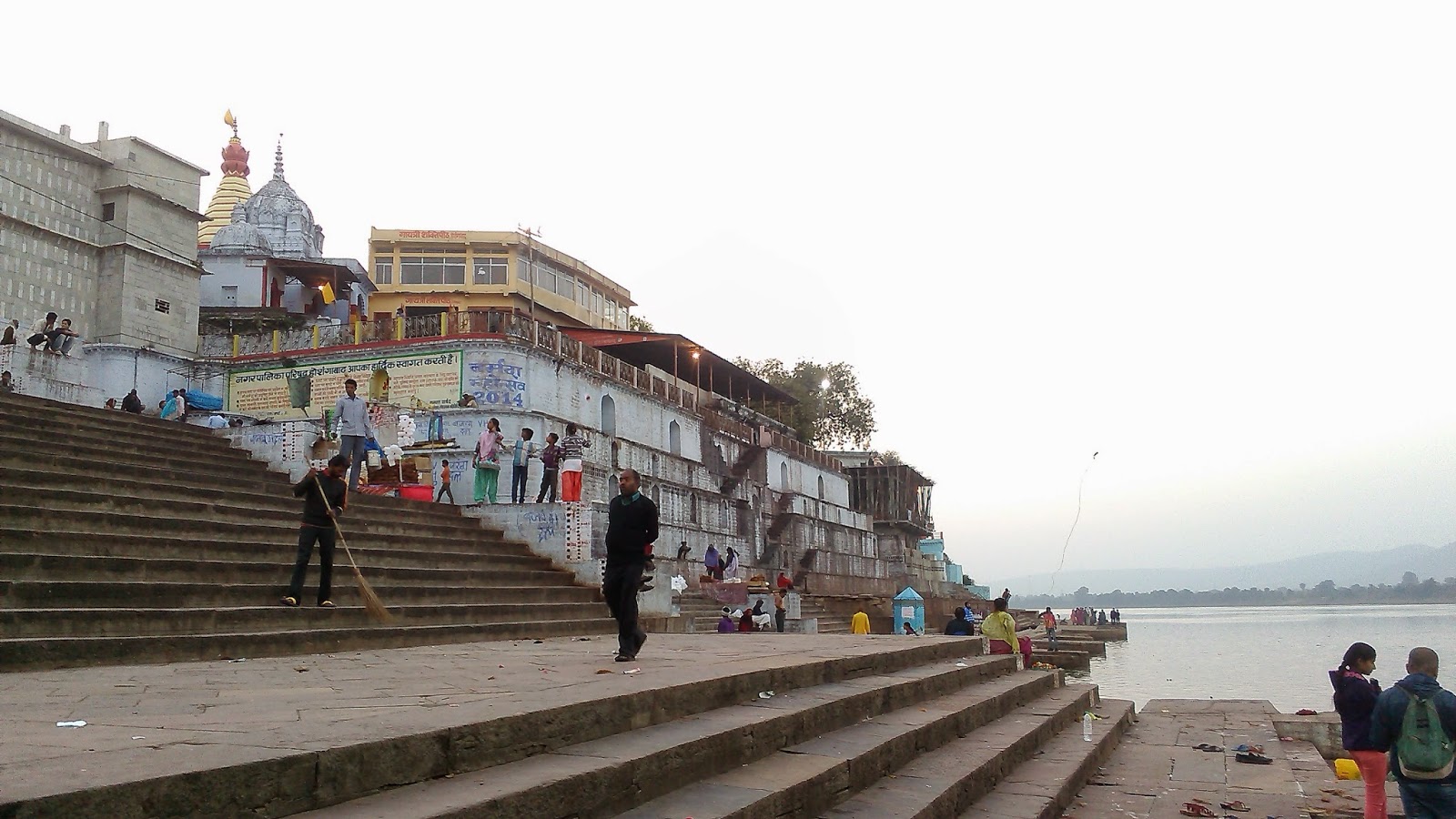This time when earthquake hit
Nepal on April 25, 2015, I was in India. This made me to envision the outside-in perspective of
things happening in Nepal. Being updated about the aftermath of Earthquake, I
was able to experience the helplessness of not being able to help my country
besides giving moral strength to my people. There was also a section of people
within Nepal who were claiming people like me (who were living outside Nepal) to have neglected the country at
such a critical period. This
helplessness was not only kicking hard on me, but also to some of my friends.
As such we decided to come back to Nepal and help them in ground level. Before
we embarked on our journey to Nepal, we organized series of fundraising for the
earthquake victims of Nepal.
1) Fundraising
in own college
The fundraising
originally was started by some of our friends from various countries, who were
deeply pained by the unfortunate disaster in Nepal. Special thanks to every
friend from MBA classes who touched us with their kind endeavor. Later the same
day in afternoon, we collected contribution from various students from
different departments.
 |
| Fund raising in our own college |
In the evening
we organized the fundraising in our hostel which houses about 1000 students
from 32 different countries. These fellow friends from hostel were kind enough
to have accompanied in our cause. At the end of the day we were successful to
collect about
2) Getting
out of comfort zone
Being outside of Nepal we were worried about ways to help our people back home. The only thing that we could do on such situation was to collect as much as resources to help our families back home. I was happy to see my friends coming out of comfort zone and volunteering to reach out people in nearby cities, to collect fund. As such we divided into teams for fundraising in Vellore, Tirupati and Chittoor. That very evening we witnessed a whopping collection of INR 40,669, resulting to total of INR 79,060. On the third day we collected INR 39,700. Including INR 25,000 from Emeralds Business School, Tirupati and INR 11,000 from Krishna Teja Group of College, Tirupati.
Being outside of Nepal we were worried about ways to help our people back home. The only thing that we could do on such situation was to collect as much as resources to help our families back home. I was happy to see my friends coming out of comfort zone and volunteering to reach out people in nearby cities, to collect fund. As such we divided into teams for fundraising in Vellore, Tirupati and Chittoor. That very evening we witnessed a whopping collection of INR 40,669, resulting to total of INR 79,060. On the third day we collected INR 39,700. Including INR 25,000 from Emeralds Business School, Tirupati and INR 11,000 from Krishna Teja Group of College, Tirupati.
 |
| My college friend in front of CMC Hospital in Vellore, Tamil Nadu in India |
3) Our
helpful friends
This notorious
earthquake gave enough coverage across the globe that every people knew about
the tragic condition in Nepal. Our friends from various countries were in pain just like us. It is said that you know your friends in hard time, and I think of
this statement as being true. Our friends not only provided moral and emotional strength, but also helped us collect resources for our people, back home. Not only those whom we had know for quite a long, but also recently known friends helped us based on humanitarian ground. I was, and am so blessed to have such friends in my life.
4) What
goes around, comes around
After
the tragic earthquake of Nepal on Baishakh 12, 2072, we approached to some recently established friendship to help us. Of course they did help us, feeling more of a duty than help. While visiting a college in Tirupati, I met this man with golden heart who had visited Nepal couple of years ago. This man was so touched with the kind and generous behaviour of Nepali people that he said he got emotional when he heard Nepal was hit by a giant quake. In spite of our single request, they themselves collected the amount and provided us moral support and also promised of any kind of help for the relief operation in Nepal. This response was because of all those Nepali people who had been good to him during his visit in Nepal. |
| Fund handover to us by Assistant Director of Emeralds Business School Mr. Cma Parthasarathy |
With due thanks to all the contributors who helped us at this time of need, I would like to inform you all that by the time I write this post we have collected INR 148,620. I shall post in details with amount and name of contributor as I get the full details along with the relief program organised by us.
























